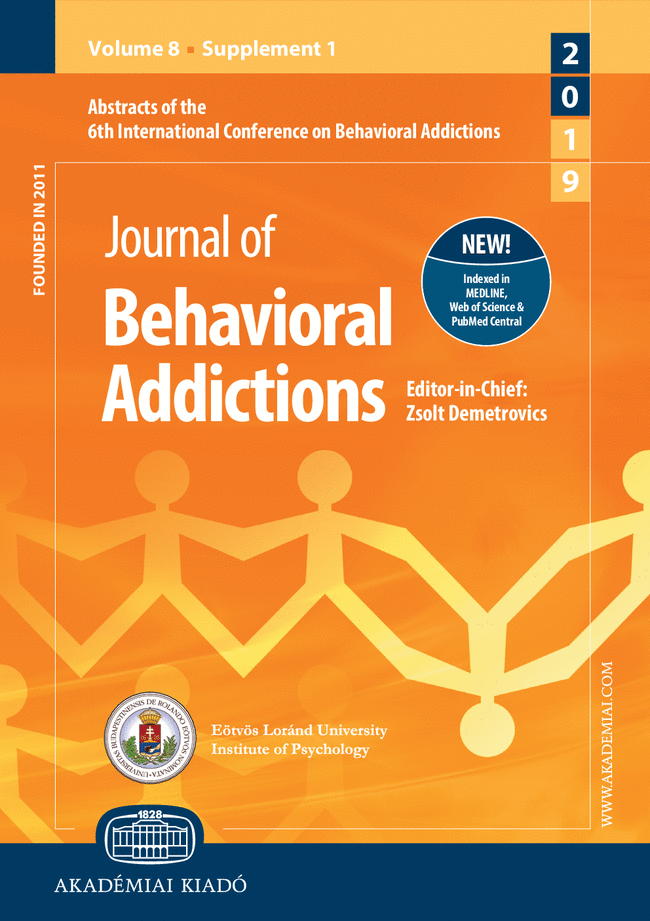The psychology of “swiping”: A cluster analysis of the mobile dating app Tinder
The psychology of “swiping”: A cluster analysis of the mobile dating app Tinder
Author(s): Lucien Rochat, Francesco Bianchi-Demicheli, Elias Aboujaoude, Yasser KhazaalSubject(s): Behaviorism
Published by: Akadémiai Kiadó
Keywords: Tinder; cybersex; impulsivity; attachment; self-esteem; motives
Summary/Abstract: Background and aims. The use of the smartphone dating application Tinder is increasingly popular and has received much media attention. However, no empirical study to date has investigated the psychological characteristics driving its adaptive or problematic use. The aim of this study is to determine whether reliable subtypes of users can be identified via a cluster analysis approach. Methods. A total of 1,159 Tinder users were recruited. Survey questions investigated user characteristics, including: motives for app use, sexual desire, attachment styles, impulsivity traits, self-esteem, problematic use, depressive mood, and patterns of use. Results. Four reliable clusters were identified: two with low levels of problematic use (“regulated” and “regulated with low sexual desire”), one with an intermediate level of problematic use (“unregulated-avoidants”), and one with a high level of problematic use (“unregulated-highly motivated”). The clusters differed on gender, marital status, depressive mood, and use patterns. Conclusion. The findings provide insight into the dynamic relationships among key use-related factors and shed light on the mechanisms underlying the self-regulation difficulties that appear to characterize problematic Tinder use.
Journal: Journal of Behavioral Addictions
- Issue Year: 8/2019
- Issue No: 4
- Page Range: 804-813
- Page Count: 10
- Language: English

